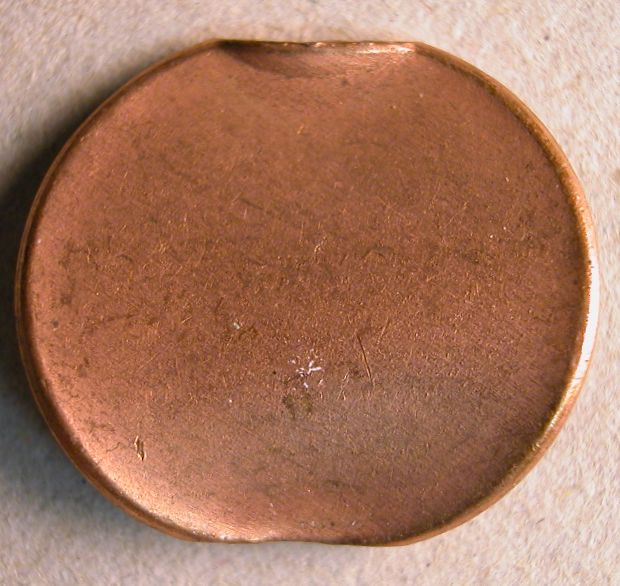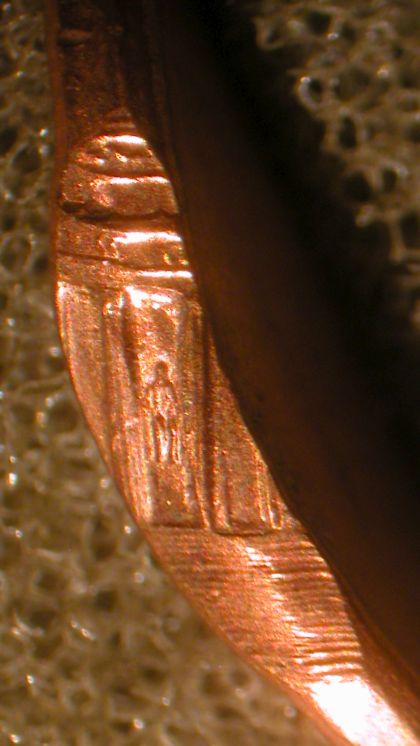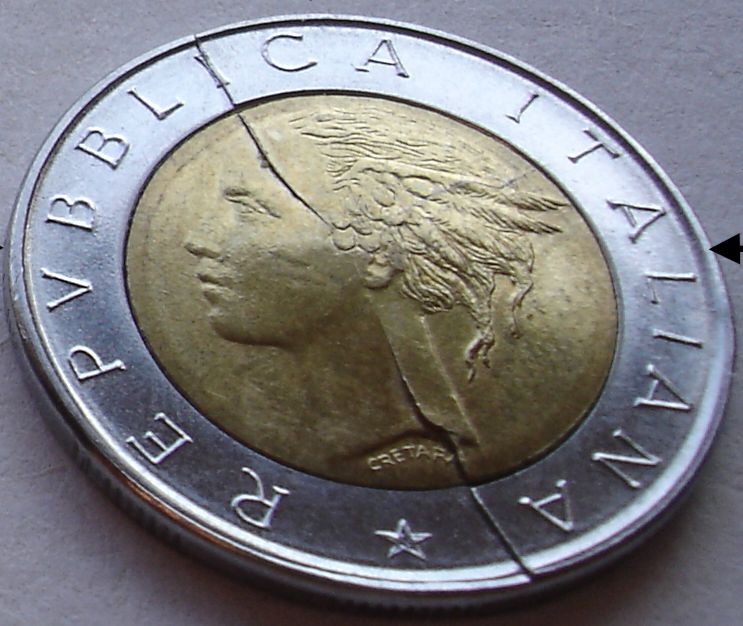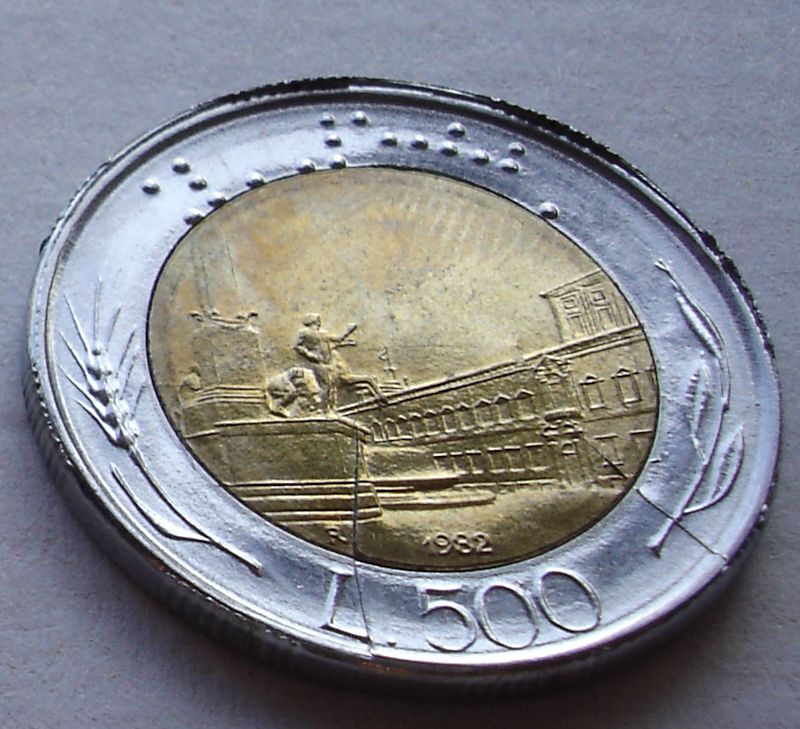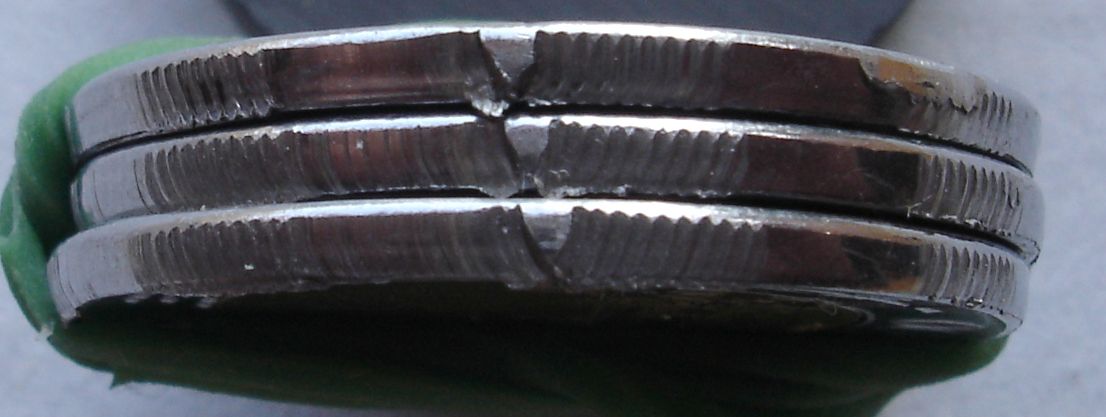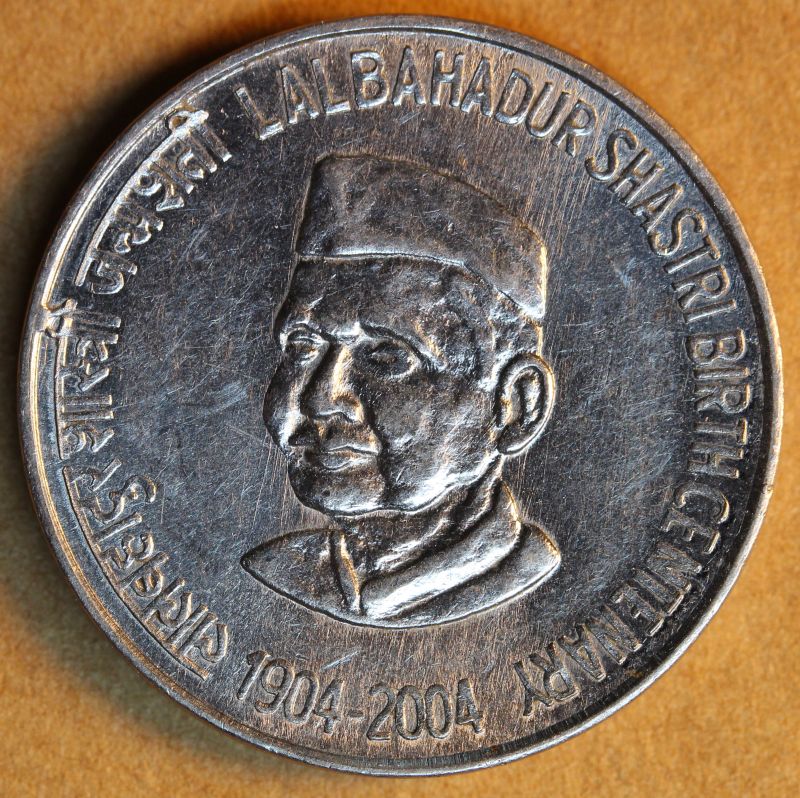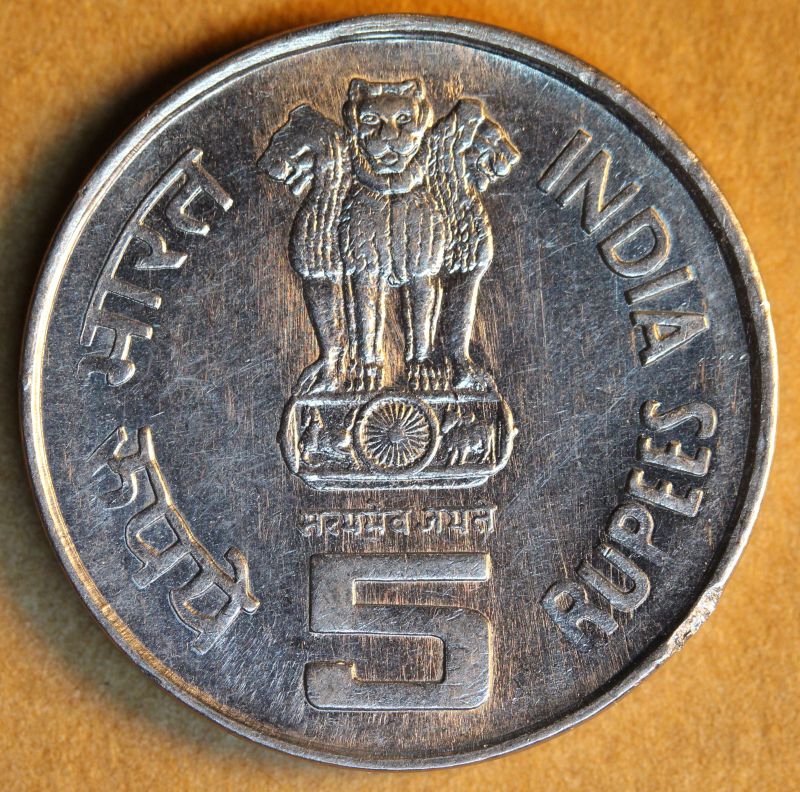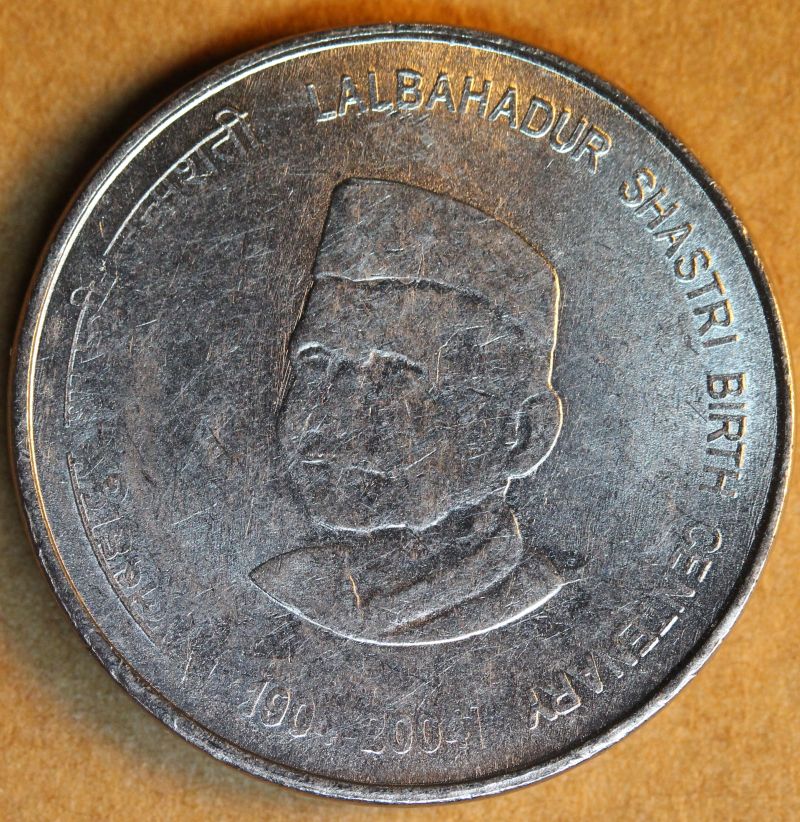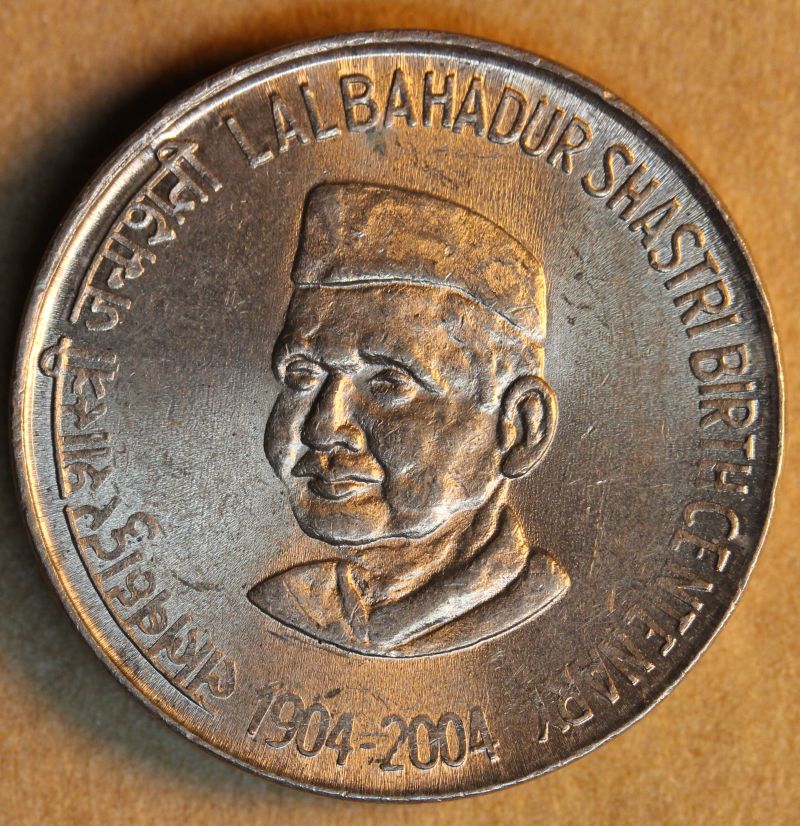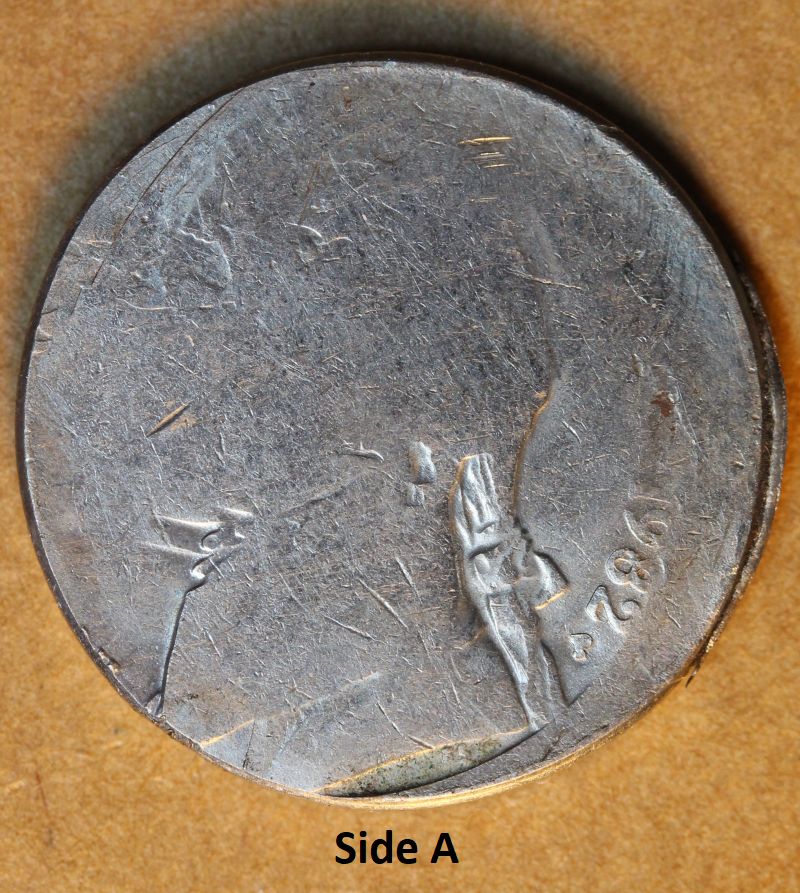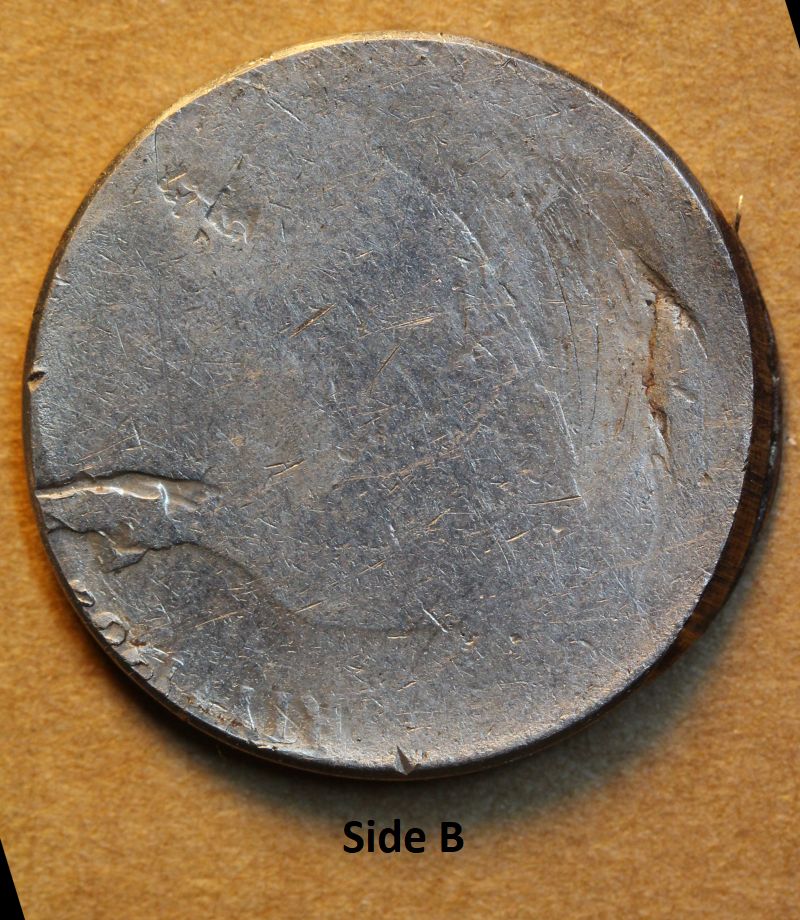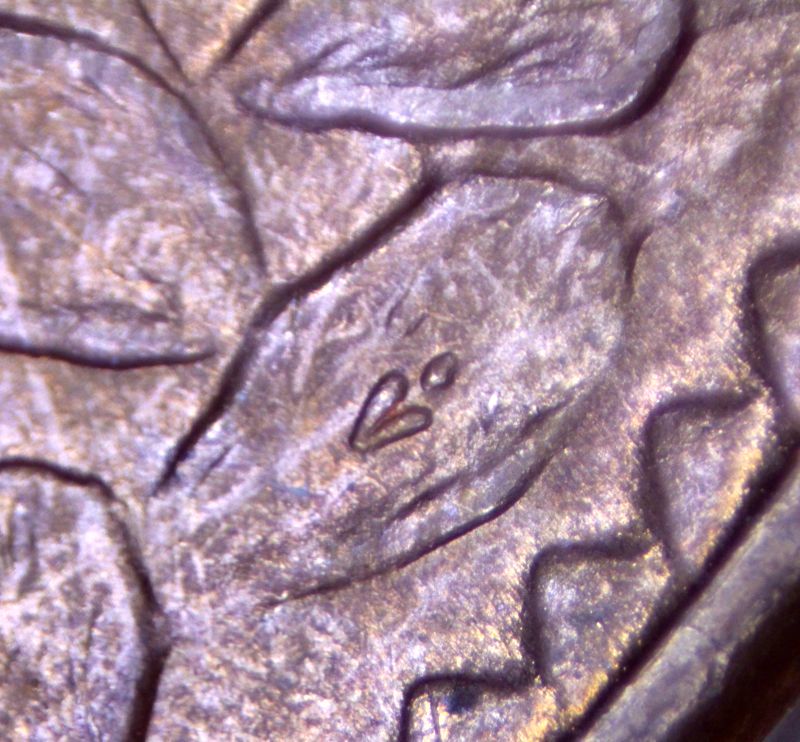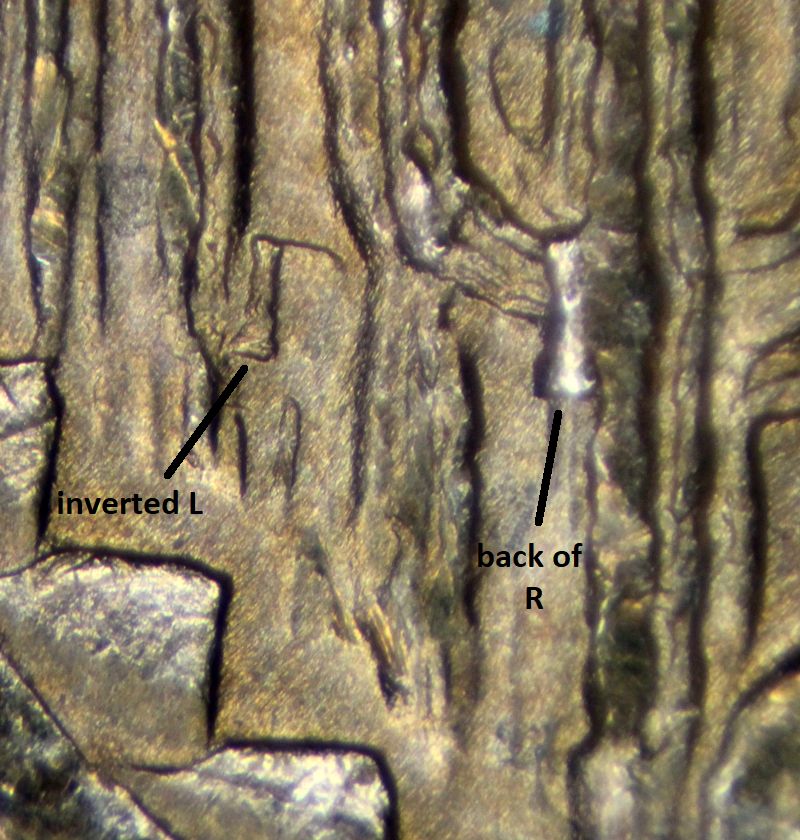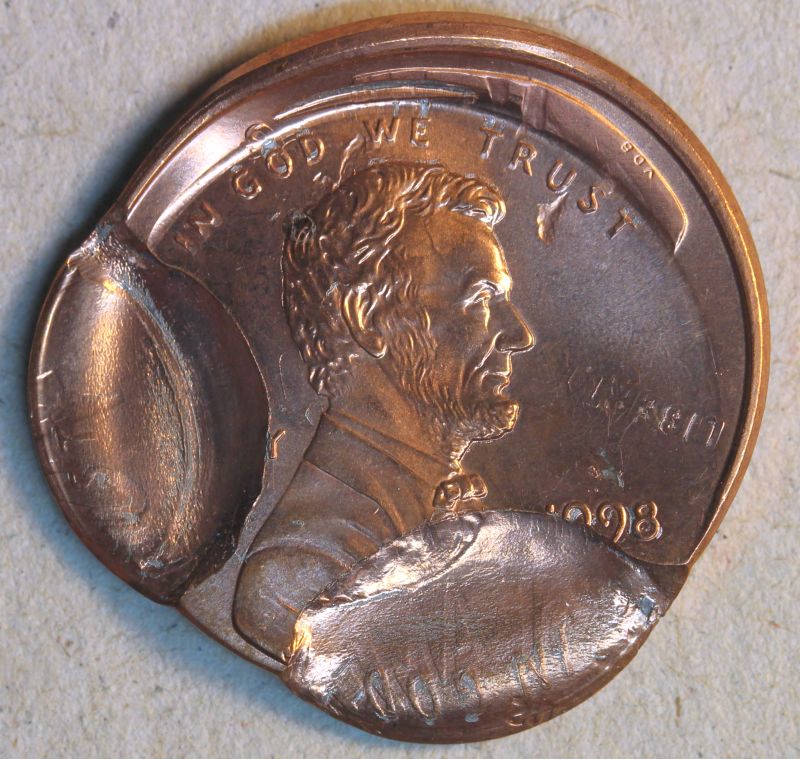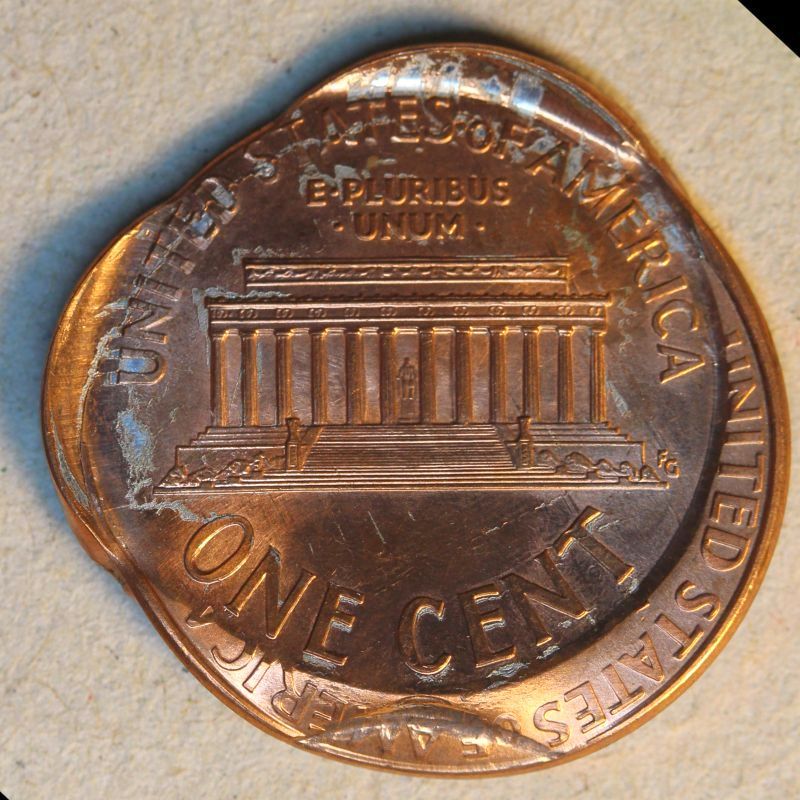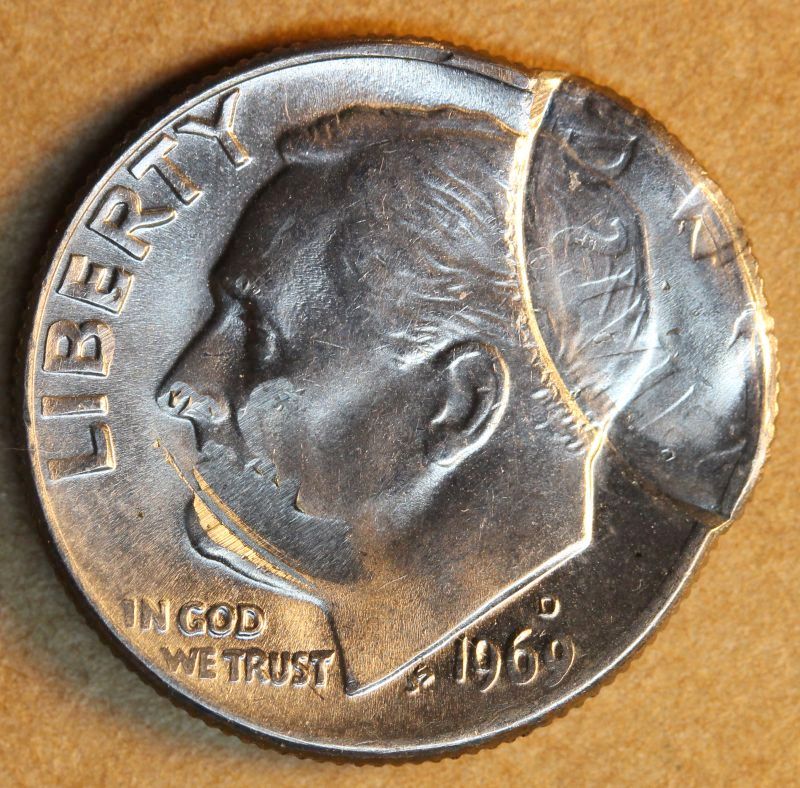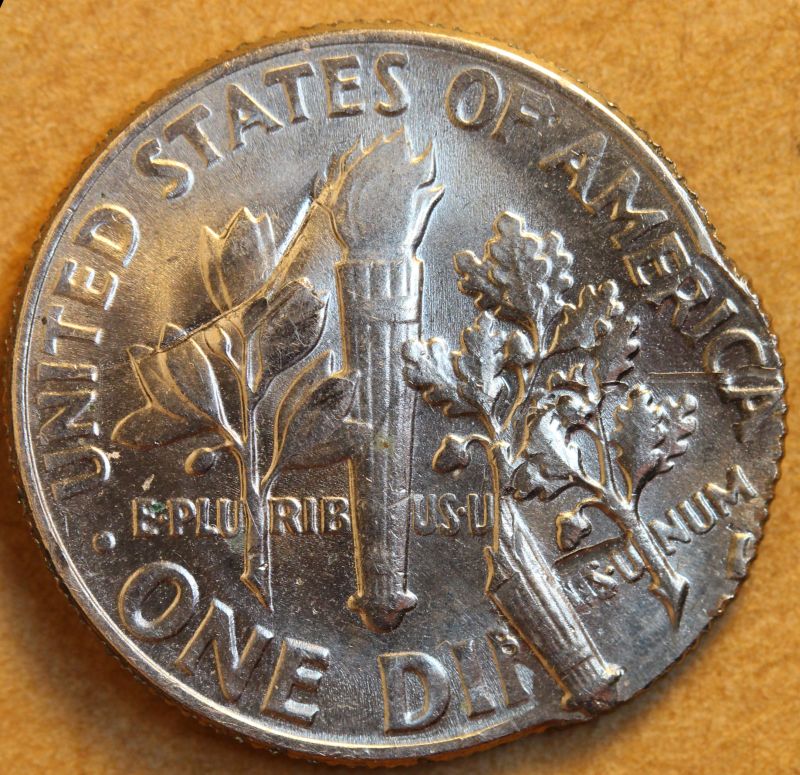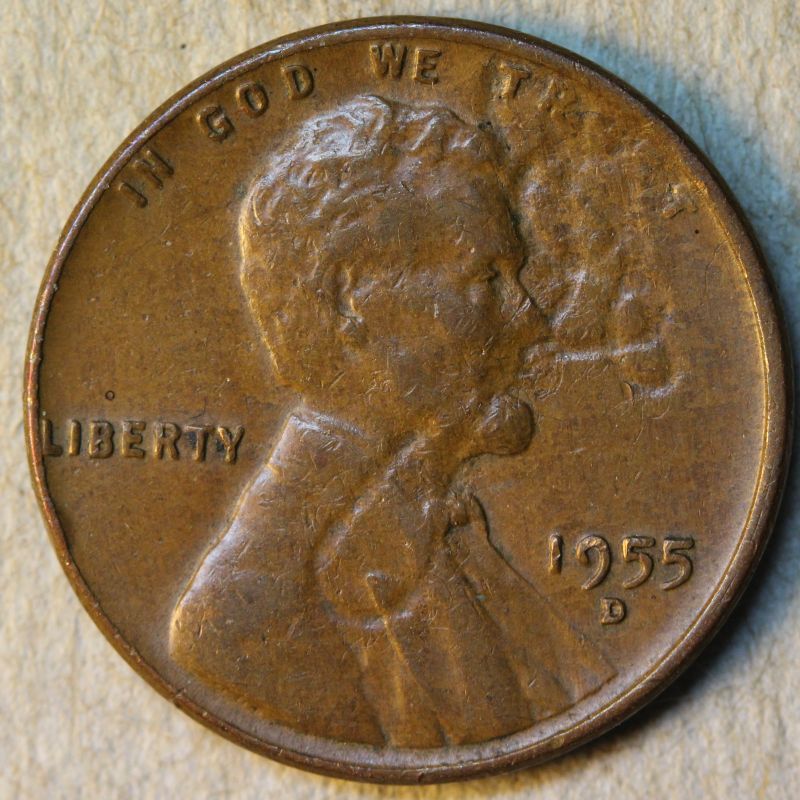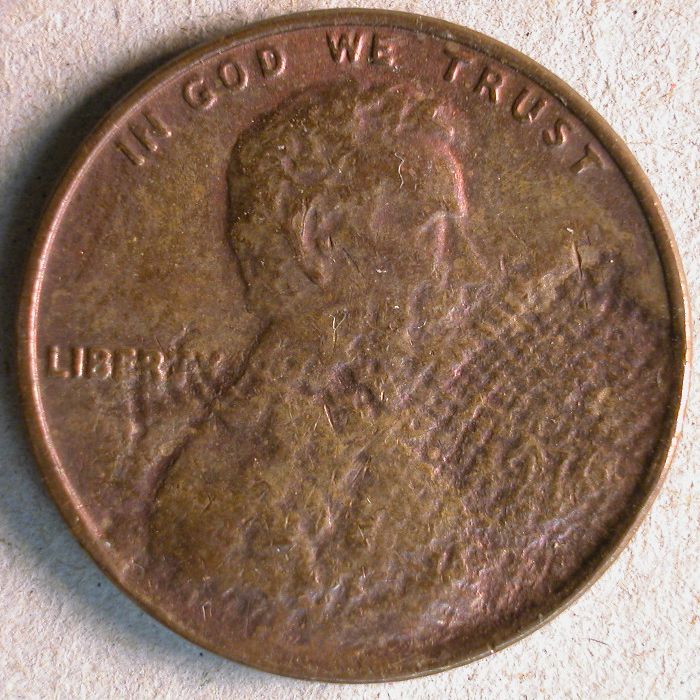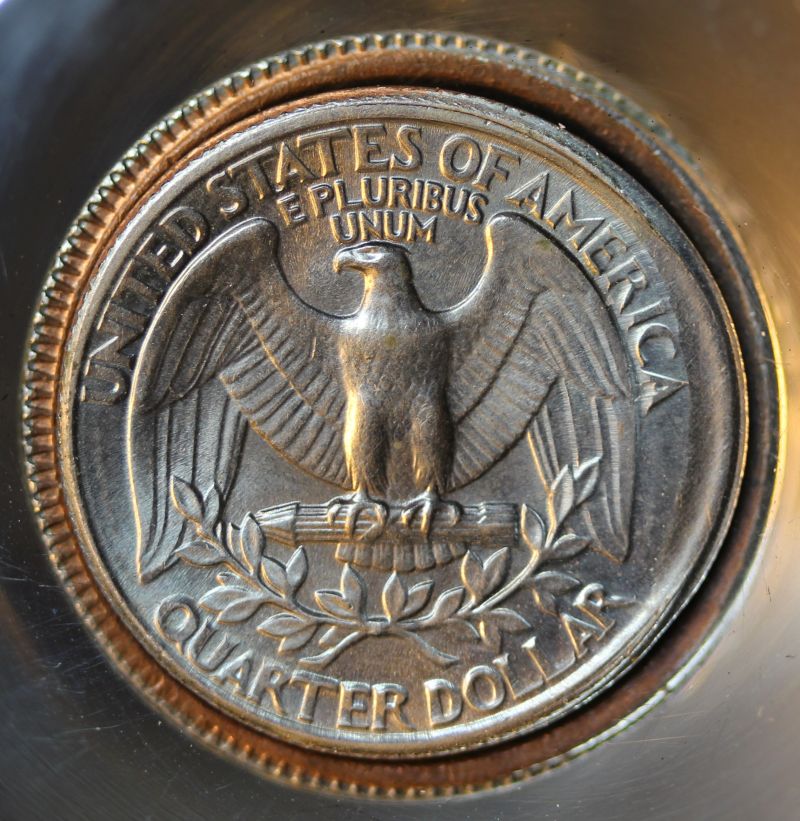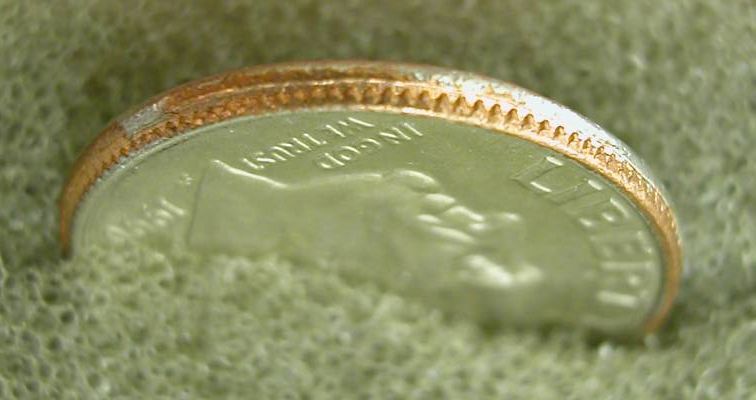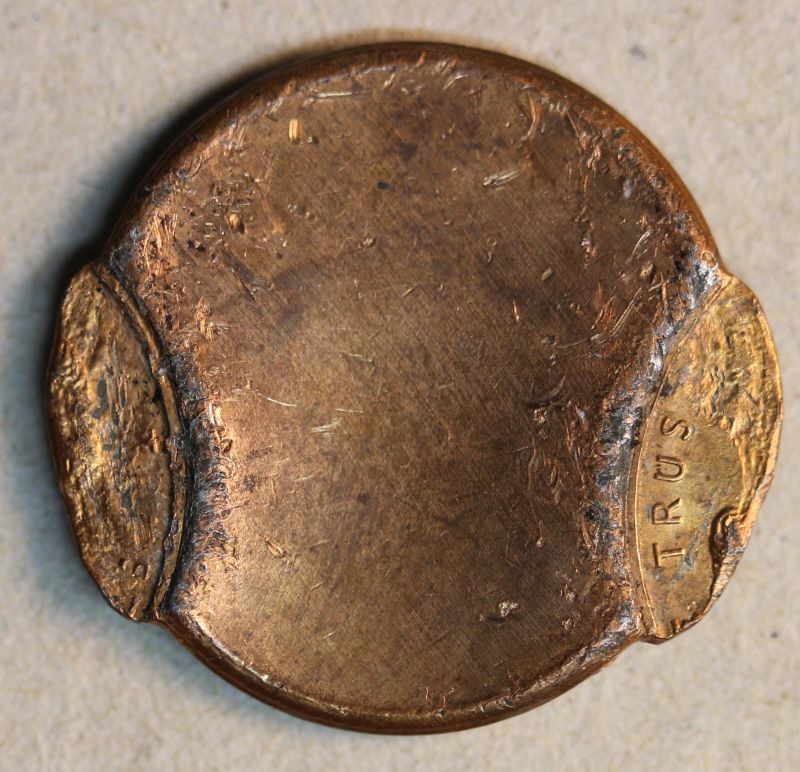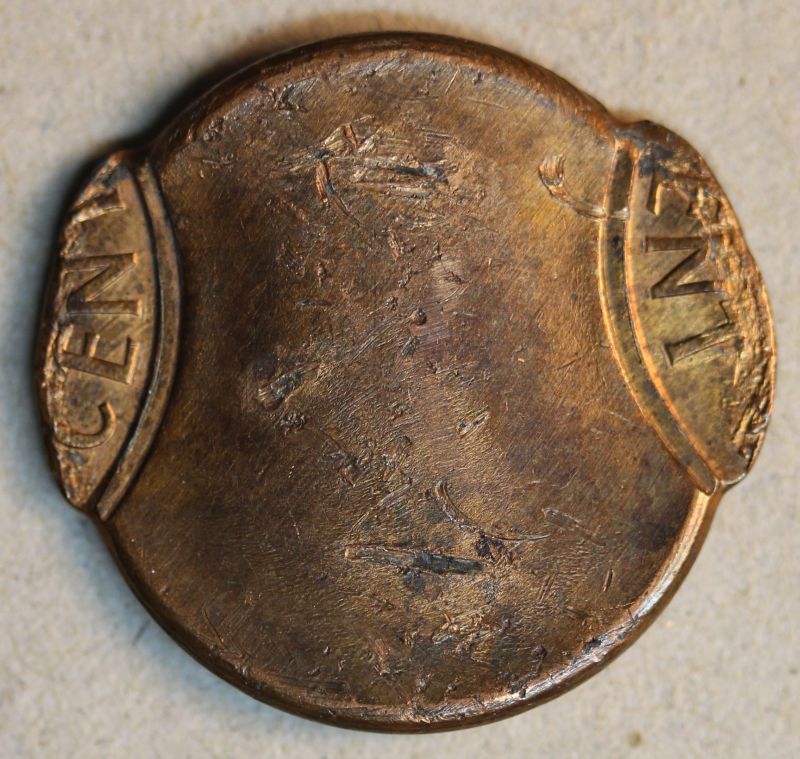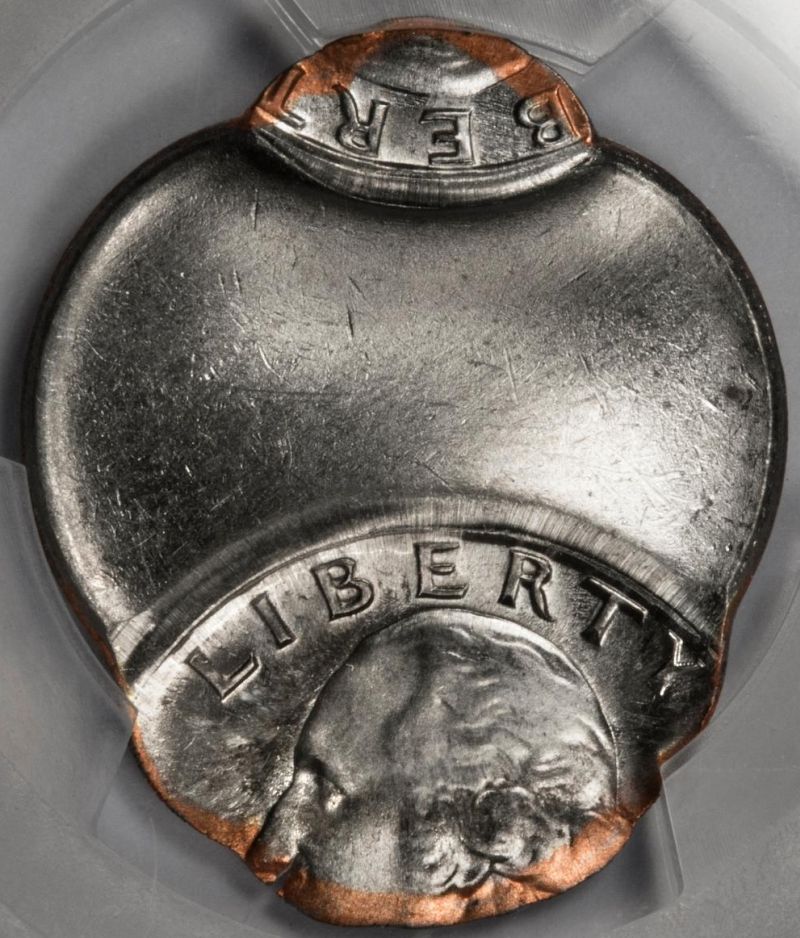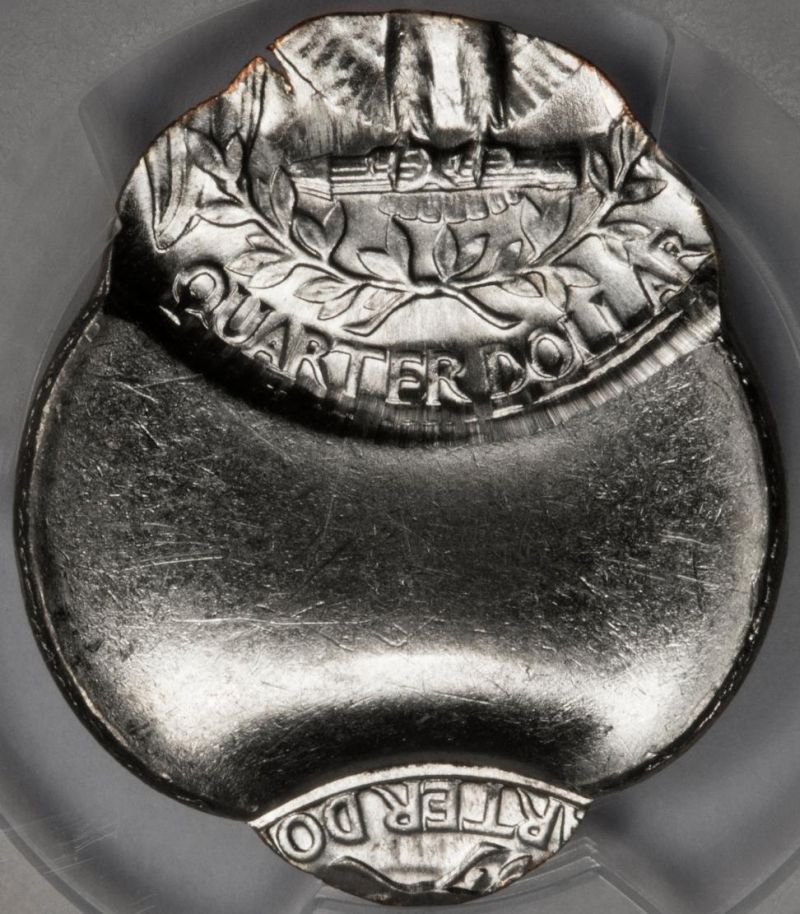Part VI. Striking Errors:
Die alignment errors:
Horizontal misalignment:
Multiple misaligned strikes
Definition: The presence of two or more misaligned strikes on the same face of the same coin. The position of the affected die can be stable or quite unstable.
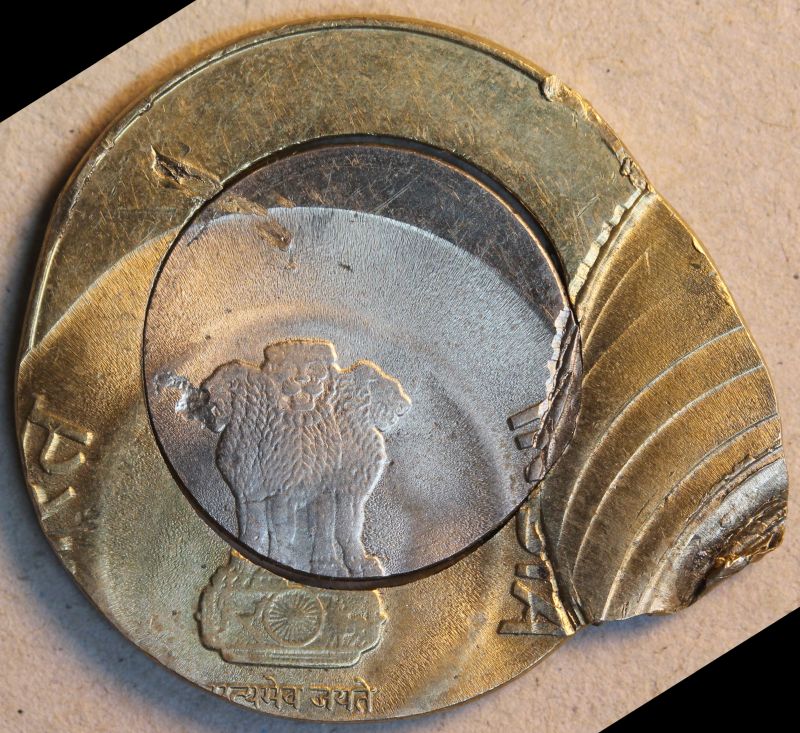
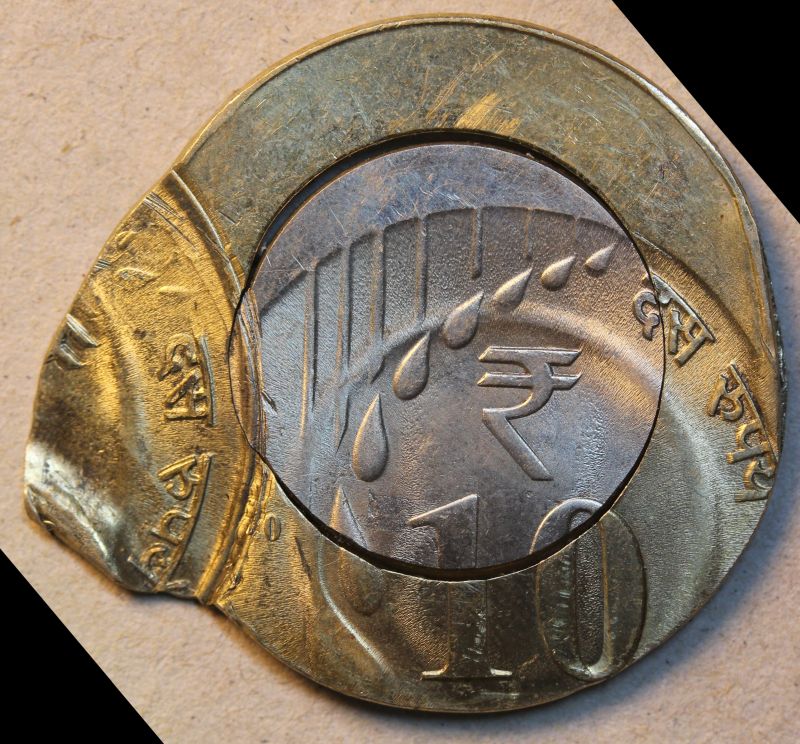
It is rare for a coin to be struck more than once by a misaligned die. It is even rarer for those strikes to be well-separated as the result of die instability. This undated India 10 rupees coin (2019 – present) features a 31% off-center first strike and a series of at least six additional off-center strikes that were all 79% off-center. The hammer die was properly centered during the first strike. However, during the later off-center strikes, the hammer (obverse) die became progressively more misaligned until it finally migrated beyond the coin. The coin showed very little movement during those later strikes and the anvil die remained fixed in position.
